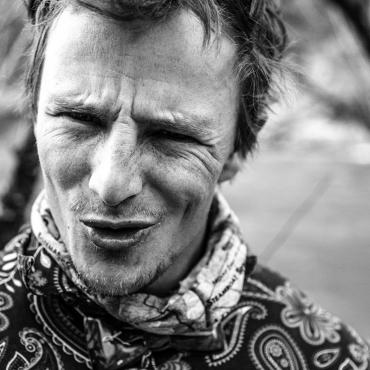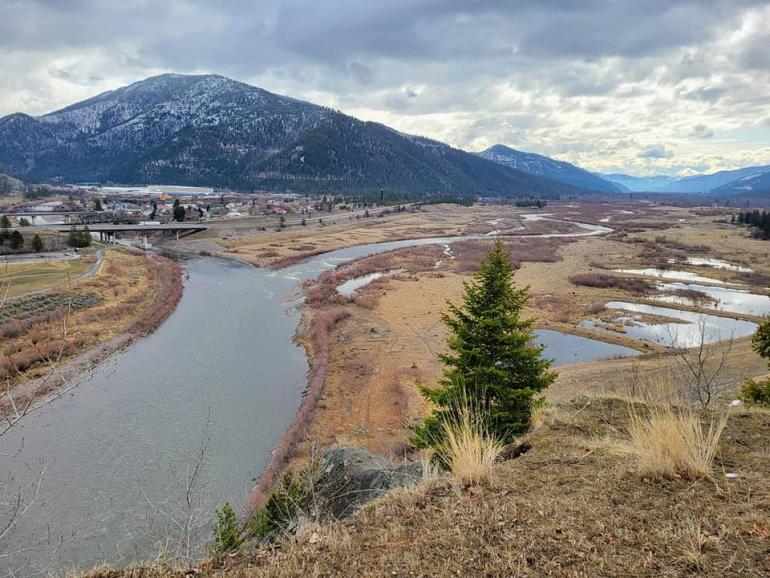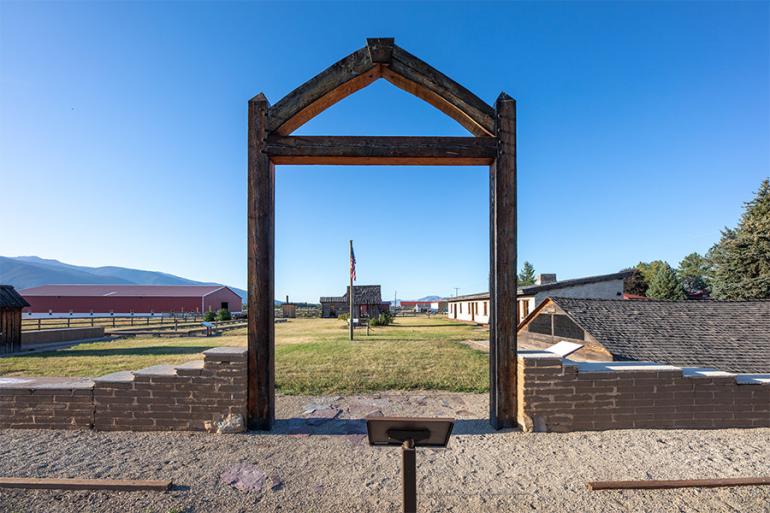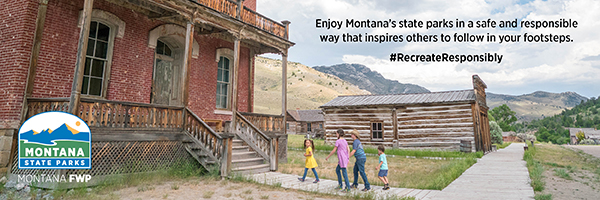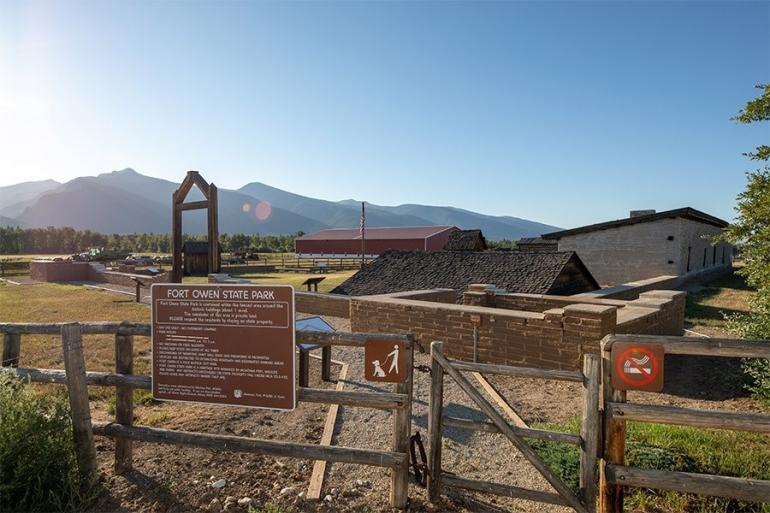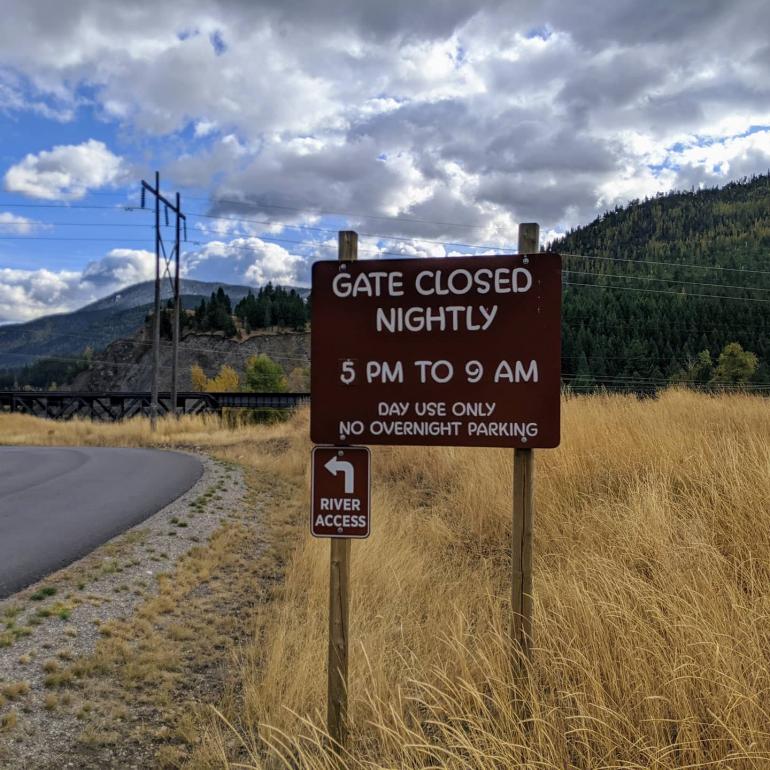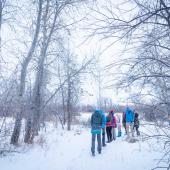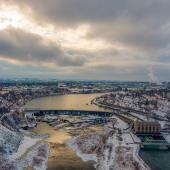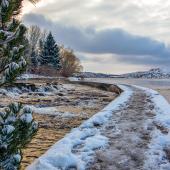Adapting to Acceleration
Q&A with Loren Flynn from Montana Fish, Wildlife & Parks.
When you’re the host of a party and more people show up than expected, it’s hard to know what to do. Closing the door doesn’t seem right, but allowing chaos to ensue isn’t a great response, either. Last year, FWP Region 2 (west-central) saw a 46% increase in visitation to its state parks. That’s a much bigger party than anyone could’ve predicted—even if its hosts were expecting an above-average turnout.
For part two of our Montana State Parks series, we sat down with Region 2 Park Manager Loren Flynn to see how FWP fared west of the continental divide during the strangeness of last year.
O/B: What were the most notable changes you witnessed with last year’s influx?
Flynn: There’s short-term changes that were directly related to the pandemic, and we’re still seeing some of these, and then there’s long-term changes which have yet to be determined. We’re still trying to figure out how severe the visitation influx will be, but what we saw last year was a lot of high stress brought on both by the high numbers of people going outdoors, as well as the added insecurity of what was going on in the world. What was safe, what was not safe—it became difficult to determine. I think that it was a really stressful season because of those things. But we learned a lot. We learned how to do educational programs remotely. We learned how to adapt.
O/B: As a park manager, what became your biggest focus during the heat of the pandemic?
Flynn: The field managers were really focused on handling the public. That was the primary concern and handling the virus was secondary. By that time we were learning that it was difficult to spread outdoors. Personally, I was thinking in terms of how to handle growth safely. My focus was on the staff. We are so thin. I lost a lot of sleep last year just wondering. If we lost two people to COVID there was going to be a serious domino effect within the department. I was focused on if we had all the resources, that we had all the Personal Protective Equipment—which was difficult. But luckily, no one in Region 2 parks got COVID, and that speaks to our staff. They took it seriously and we made it through.
O/B: You mentioned learning to adapt. What did these shifts look like with the folks on the ground?
Flynn: It made us prioritize. There comes a time when you have to prioritize based on the staff we have, which hasn’t been keeping up with the increase in visitation even pre-COVID. It forced us to consider what absolutely needs to get done versus what we’d like to get done. Whether that’s mowing or weeding a particular area or just general upkeep and maintenance of facilities. A lot of that was put on the backburner, but it’s still there, and all of it has to get done at some point. So, what that meant was that people worked more. There was just no way around it. Now that we’re coming out of COVID, we have all these projects that were put on hold that need to get taken care of.
O/B: What sorts of projects are you looking to continue?
Flynn: Fort Owen State Park is an interesting one. It’s been around since the '50s and was the first permanent Euro-American settlement. We hear so much about how much people are recreating outdoors, but Fort Owen, until just recently, was one acre and entirely landlocked by private land. It’s been confusing for the public and frustrating for the landowner. It’s been difficult for us to promote the park because there wasn’t really even a place to park. In 2017, the surrounding ranch changed hands and we were able to double the park’s size to two acres.
We closed the park last fall and have been working to get a new parking lot done, as well as finishing the signage. Historically, you could only park one car legally without trespassing. But now, the new landowner is helping open a new fishing access site near the Stevensville Bridge, as well as paving the road. With help from her, we’re hoping to open it back up later this month. We feel comfortable that the public is going to be able to access it safely, which makes it an exciting time for this park. It’s a real big win for both history and recreation.
O/B: It’s always nice to see some jurisdictional collaboration. Is that happening elsewhere?
Flynn: Milltown State Park is another one—the park that saw the biggest increase in traffic—and that had to do with a couple things. We had a project going on pre-COVID—changing the way people access the river. There had been a historical access through a residential neighborhood, but there were trespassing and parking issues. Now, we’re partnering with the City, County, and other organizations to problem-solve.
At Milltown, we have an 80-space parking lot. On a typical Saturday in July, we have over 500 cars there. We can’t build our way out of that. We’re talking with local bus companies and private shuttle companies—those are the ways we’re going to alleviate some of those problems and still allow access. A good example is the Clark Fork Coalition; they’re hiring four River Ambassadors— seasonal staff that will work across jurisdictional boundaries. So, this summer, when people show up to a crowded Milltown parking lot, helpful staff will be there to direct them to access the water in a way that doesn’t involve trespassing or damaging resources.
O/B: Has your job changed at all?
Flynn: Yeah, but in my line of work the job is always changing. Those of us who manage outdoor spaces were all overwhelmed last year. But one of the cool things about working in Missoula is the collaborative efforts I described. We’ve been on this growth trend for over a decade now, but we just jumped ahead five years. Just as the pandemic accelerated recreational use, it also accelerated these joint conversations. It has us thinking about how we share resources.
We’ve got all these hot spots—the Fort Owens, the Milltowns, and the issues don't start after people get on the water. It’s in the parking lot. Most of the problems are around river sites, but we’re seeing it at hiking trails, too. We need more people—not more law enforcement—but people, to help direct traffic and answer questions. These river ambassadors the Clark Fork Coalition is hiring will spread out the resources and allow law enforcement to focus on less-developed sites. We’re looking at it as a pressure-relief-valve model that hopefully we can take to the terrestrial landscape.
O/B: Is there a take-home message to all of this?
Flynn: In times of crisis, Americans find solace outdoors. And for whatever reason, we tend to forget that when there’s not a national crisis at hand. In Montana, all we see is more people at the trailhead, but Montana cities are becoming more and more urban centers all the time. We’re seeing more use on public lands, but not everyone who is moving here is an outdoor enthusiast. We have this changing dynamic of the way people are recreating. Forty or fifty years ago, the primary form of recreation was hunting and fishing. That is changing. People are connecting to the outdoors in different ways that are not the traditional ways of Montana. And it’s important to remember that those are the future stewards. They are the ones who going to support open-space bond forms, local land trusts, and fight for access. It’s important that we foster those connections and look for ways to blend uses and find common ground. We all like to think the way we do it is the right way, but we’re only going to continue to recreate in more diverse ways. It will behoove us to keep in mind that working together is the way forward.

